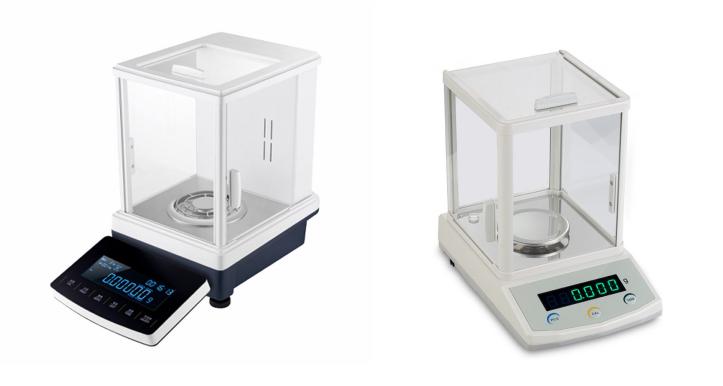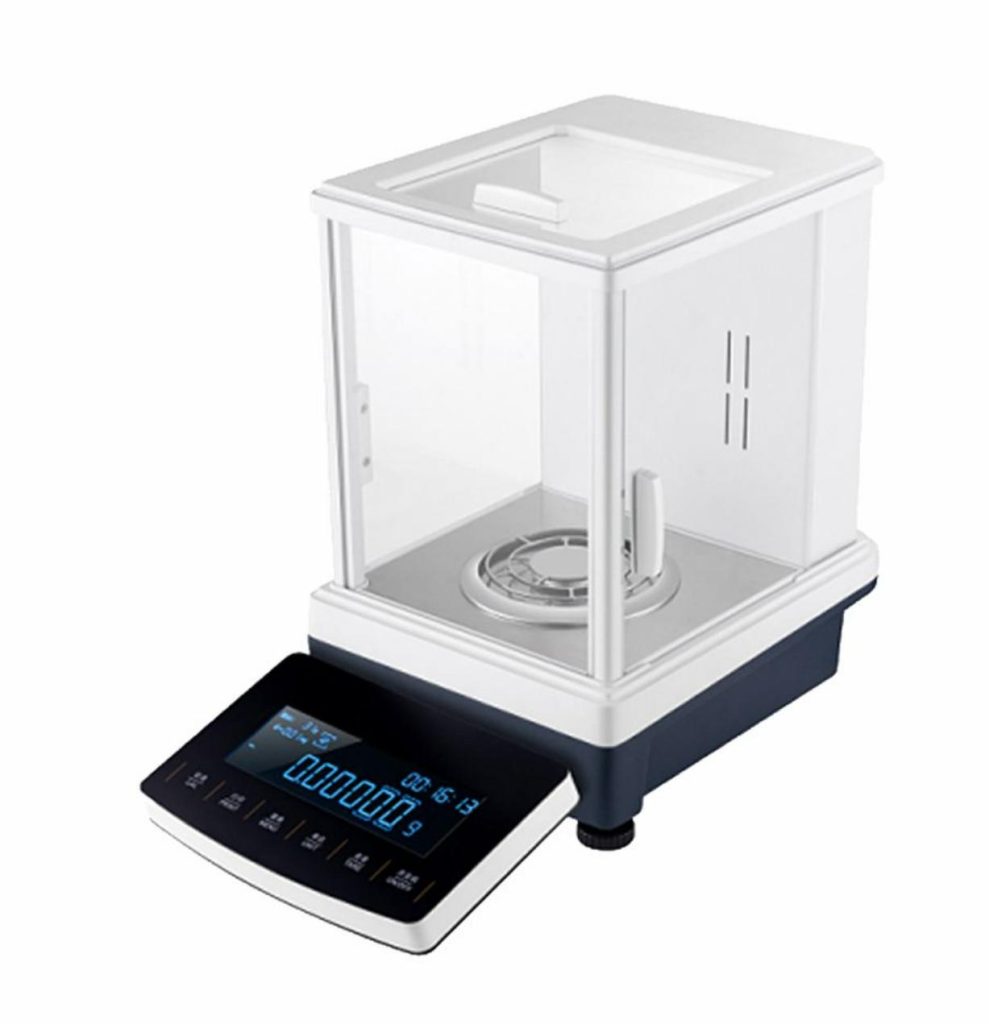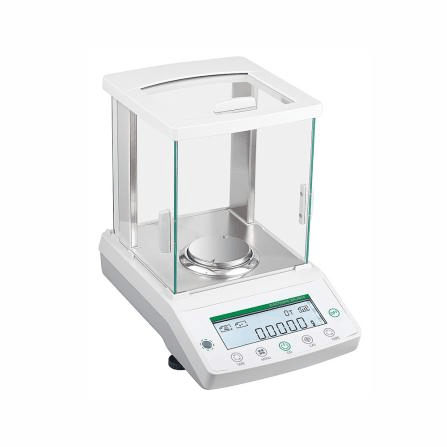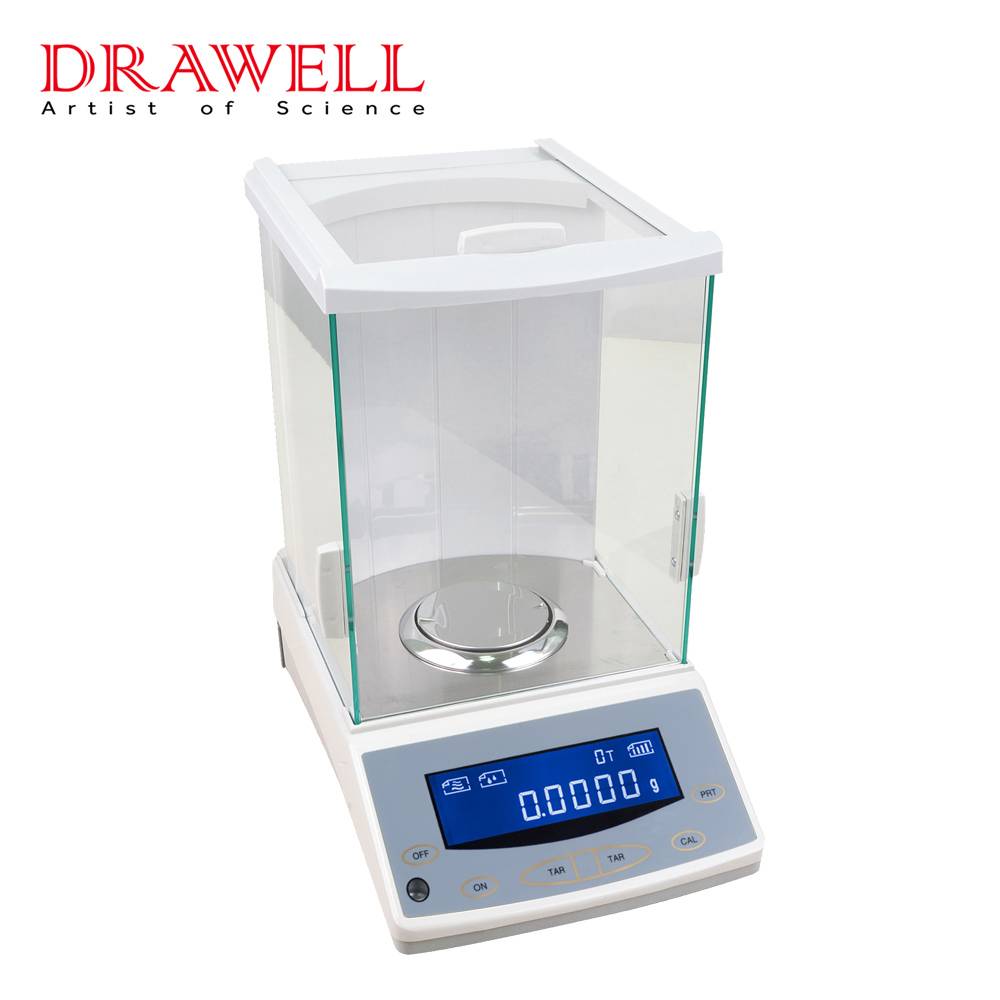In the meticulous world of scientific inquiry, where minute details can hold the key to groundbreaking discoveries, precision and accuracy reign supreme. Among the unsung heroes of this realm stand analytical balances, instruments of remarkable sensitivity tasked with measuring mass with unparalleled exactitude. From the micrograms of precious pharmaceutical compounds to the milligrams of essential ingredients in industrial processes, these workhorses of the laboratory shoulder immense responsibility. But what exactly makes an analytical balance accurate and precise? Delving into the intricate interplay of instrument design, environmental factors, and user expertise, this article unveils the secrets behind their impressive performance, highlighting the crucial role they play in ensuring the integrity and reliability of scientific endeavor.

Why Accuracy and Precision are Crucial in Analytical Balance Performance?
Accuracy and precision are the cornerstones of analytical balance performance because they directly impact the trustworthiness and reliability of measurements made in scientific research, industrial processes, and various other fields. Here’s why they are crucial:
1. Impact on Data Integrity:
- Accurate measurements: Reflect the true value of the sample, ensuring data integrity and preventing erroneous conclusions or misleading results.
- Precise measurements: Show consistency and repeatability, allowing for reliable comparisons and analysis, even if small deviations from the true value occur.
2. Significance in Different Fields:
- Research: High-precision measurements in drug discovery, material science, and environmental analysis can lead to breakthroughs and innovations. Inaccurate data can hinder progress and even pose safety risks.
- Quality control: Precise measurements in manufacturing ensure consistent product quality and prevent defective products from reaching consumers. Inaccurate measurements can lead to costly recalls and reputational damage.
- Legal compliance: In some industries, regulations mandate specific accuracy and precision levels for measurements. Falling short can lead to legal repercussions and financial penalties.
3. Consequences of Inaccurate or Imprecise Measurements:
- Wasted resources: Inaccurate results might lead to repeated experiments, wasted materials, and lost time.
- Misguided decisions: Basing decisions on inaccurate data can have significant consequences, impacting research outcomes, product quality, and even public health.
- Reputational damage: Lack of trust in data due to inaccurate measurements can damage an organization’s reputation and credibility.
Therefore, investing in high-quality analytical balances, proper calibration, and user training is crucial for achieving the accuracy and precision required for trustworthy and impactful results.

What Makes the Precision and Accuracy of Analytical Balance?
Analytical balances are renowned for their incredible precision and accuracy, making them crucial tools in various scientific fields. Several factors contribute to this impressive performance:
1. Instrument design:
- Internal mechanism: High-quality internal components with minimal friction and wear ensure consistent readings. These often include sophisticated lever systems, electromagnetic force restoration, and sensitive sensors.
- Calibration routine: Regular calibration with certified weights guarantees the balance maintains its accuracy over time.
- Draft shield: This enclosure protects the weighing chamber from air currents, dust, and other environmental disturbances.
- Anti-vibration feet: These absorb external vibrations that can affect readings.
2. Environmental factors:
- Controlled temperature: Consistent temperature minimizes thermal expansion and contraction that can impact measurements.
- Still air: Air drafts can significantly affect readings, hence the importance of using the balance in a calm environment or within the draft shield.
- Electromagnetic interference: Strong magnetic fields can disrupt the balance’s internal electronics, so keeping it away from such sources is crucial.
3. User technique:
- Proper handling: Careful handling of samples and avoiding overloading the balance minimize physical stress that can affect accuracy.
- Cleaning and maintenance: Regular cleaning and proper maintenance ensure the balance functions optimally.
By combining these elements, analytical balances achieve remarkable precision, often measured in micrograms (millionths of a gram) or even nanograms (billionths of a gram). However, it’s important to remember that accuracy and precision are distinct:
Accuracy: How close the measured value is to the true value.
Precision: How close repeated measurements are to each other, even if they deviate from the true value.
Following best practices for instrument use and environmental control helps maintain both the accuracy and precision of your analytical balance, ensuring reliable and repeatable results in your experiments.
What Types of Analytical Balance that Drawell can Provide to You?
There are 2 main types of analytical balances in Drawell: DEB Electronic Analytical Balance 0.01mg and FA Series 0.1mg Analytical Balance, each with its own features:
Electronic analytical balance:
- Most common type in modern labs.
- Uses an electronic sensor to measure weight, providing high accuracy and precision (DEB model up to 0.01 mg).
- Features like calibration routines, draft shields, and anti-vibration feet ensure reliable measurements.

Single-pan analytical balances:
- Traditional design with a single platform for weighing samples.
- Uses a lever system and weights to measure weight, with accuracy typically lower than electronic balances (around 0.1 mg).
- Simpler design makes them less expensive and easier to maintain.

Conclusion
The quest for accuracy and precision in analytical balances transcends mere technical specifications. From the depths of scientific research to the bustling arenas of industry, analytical balances empower discovery, ensuring that every measurement, every analysis, contributes to a more precise and accurate understanding of our world. By understanding the factors that influence their performance and employing best practices, researchers and lab technicians can unlock the full potential of these invaluable tools. If you need this kind of tools, please feel free to contact Drawell – a professional lab analytical balance manufacturer.


